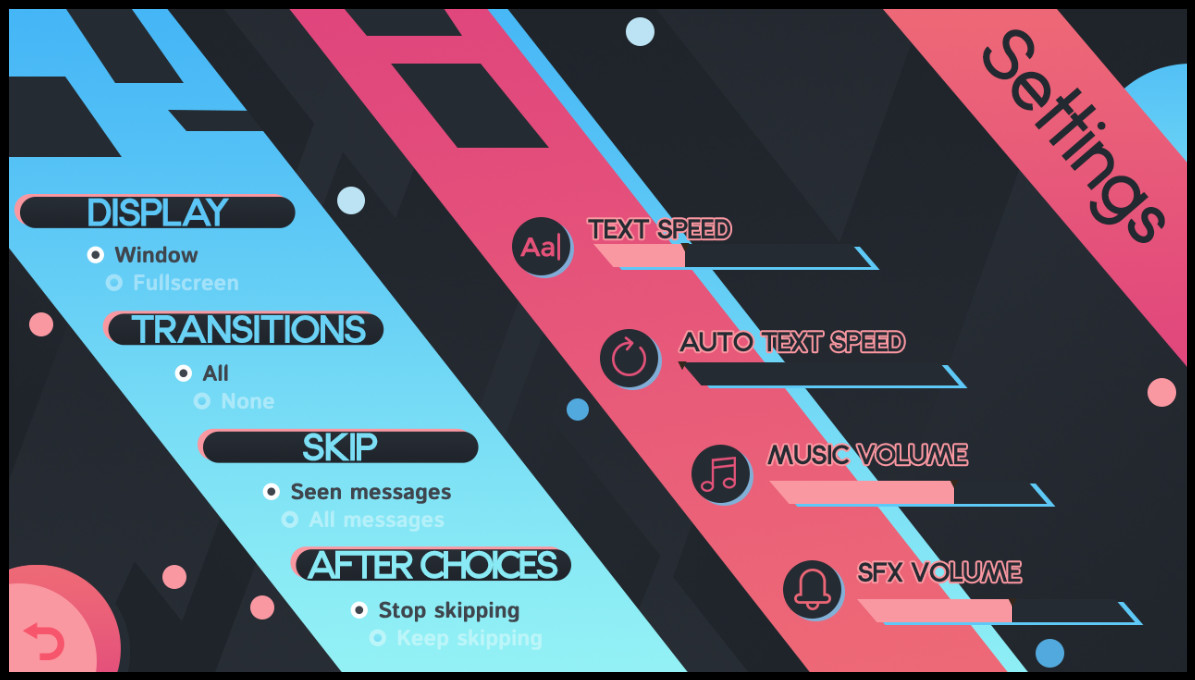
This comes up in Mass Effect series, where the SRV Normandy (opens in new tab) has an advanced cloaking device, but it can’t use it indefinitely due to the heat build up. To prevent the crew of a high-power spaceship from being cooked, spaceships need advanced solutions. In space, the only way to lose heat is via radiation (opens in new tab), a rather slow process. On the flip side though, spaceships with large power supplies also need a way to keep themselves cool. Space is also pretty frosty, so you will need some of that warmth in the cabin to keep everyone happy. Whereas others such as Elite Dangerous and No Man's Sky create narratives completely wrapped up in what they have researched as theoretically possible considering our current knowledge of all the differing physics of the universe. However, while numerous games let you explore the great unknown, they approach the subject of astrophysics with varying degrees of serious thought.įor some games like Mario Galaxy, Astrobot: Rescue Mission, and the majority of the best Star Wars games, the science of space travel is safely thrown out the window to make room for interesting visuals, engaging storylines and fun gameplay. Whether it is initial attempts at single-line space graphics, such as Space Invaders or Asteroids, or the entirely immersive experience which some of the best space VR games have to offer, it has been the aim of many game studios to explore the unending boundaries of space. More specifically, all late-warp conditions eliminated 80-90% of the player performance penalty caused by high latency.As one of humanity's greatest curiosities, video game developers have often explored the great unknown in their games. However, all late-warp conditions, including even the simplest condition, let players perform like they did in the 25ms latency condition. Unsurprisingly, players performed significantly worse in the 105ms latency condition than in the 25ms latency condition. By simulating latency and late-warp in a single application, all variables in the experiment could be tightly controlled.ĭifferent conditions were chosen to bound the effectiveness of possible late-warp implementations, both giving more broadly applicable results and avoiding confounding effects from specific implementation details. They were subjected to a number of simulated latency conditions, some with late-warp enabled. Some tasks required the players to move in order to hit targets. Participants completed aiming tasks in a purpose-built FPS game, running on PCs with NVIDIA RTX 2080 Ti GPUs. The paper presents results from a user study. The same technology could be applicable to other interactive video applications such as remotely-rendered content creation and robotic teleoperation. Using late-warp to mitigate latency could increase accessibility of many games and gaming platforms for less serious players and when applied on local systems. Consequently, serious esports players still choose to play on a local setup. Cloud gaming adds streaming latency which reduces player performance. Computer system latency can significantly affect their ability to play at their best. Competitive gamers playing esports want to maximize their performance. Late-warp is a known technique in VR for hiding latency, but its effectiveness in competitive esports is under-explored. The paper shows even basic implementations can effectively mitigate latency on the order of 80ms (see below), which might be seen in cloud gaming systems. This is an oversimplification but a real “late-warp” transformation is similar.


Instead, an existing frame can be moved to the left to show the result much sooner (see above). The HPG2020 paper, Post-Render Warp with Late Input Sampling Improves Aiming Under High Latency Conditions, by NVIDIA research shows how player performance changes when rendered frames are updated based on more recent input.įor example, when a player aims to the right with the mouse it would normally take some time for that action to be received, rendered and displayed. Can this be useful for desktop gaming too? NVIDIA research presents results from a study that seeks to better understand this application of late-warp. Here, late-warp is a necessary trick, which “re-projects” a rendered image for a more recent view just before displaying it. For an immersive experience, new images must be rendered quickly to reflect the slightest head movements – in a matter of milliseconds. Virtual reality (VR) is very sensitive to latency.


 0 kommentar(er)
0 kommentar(er)
